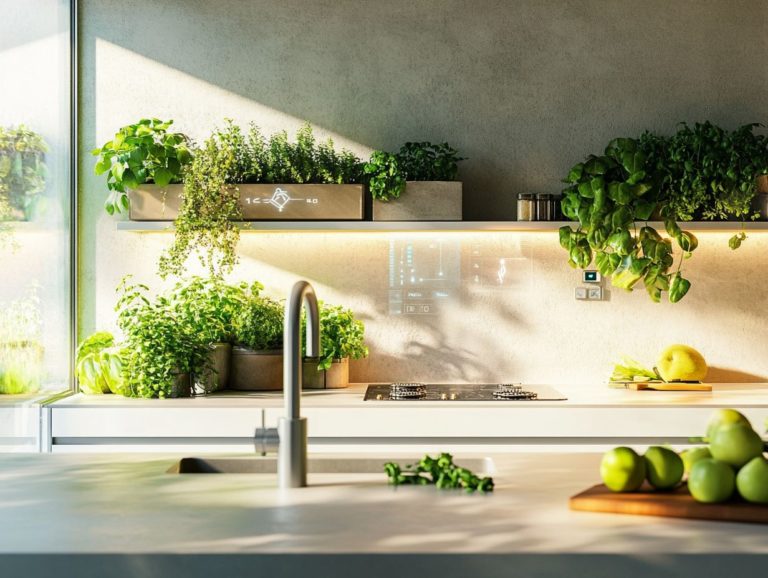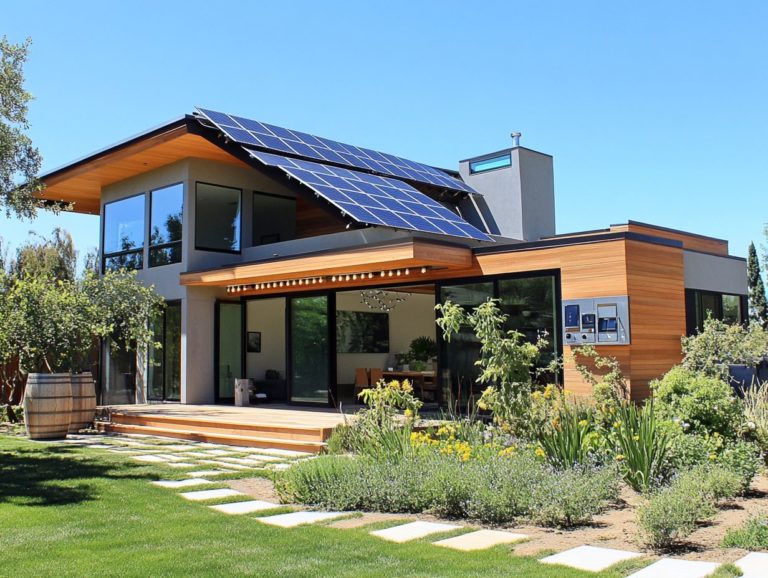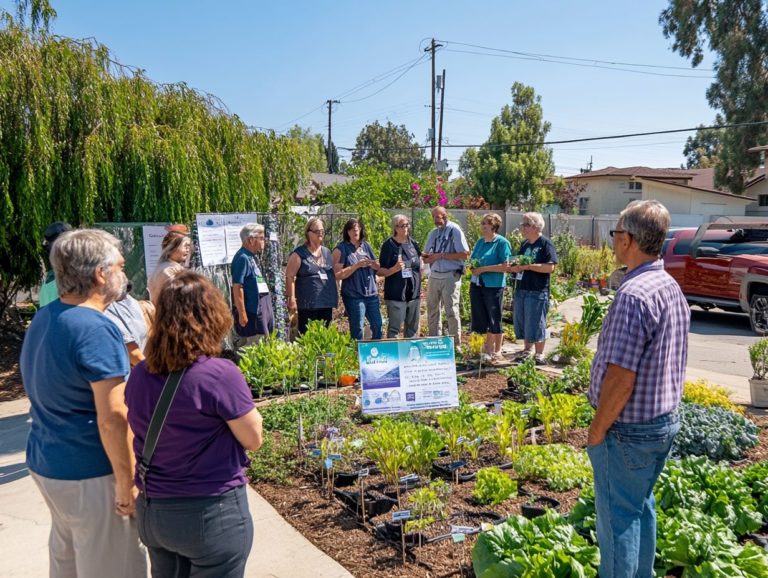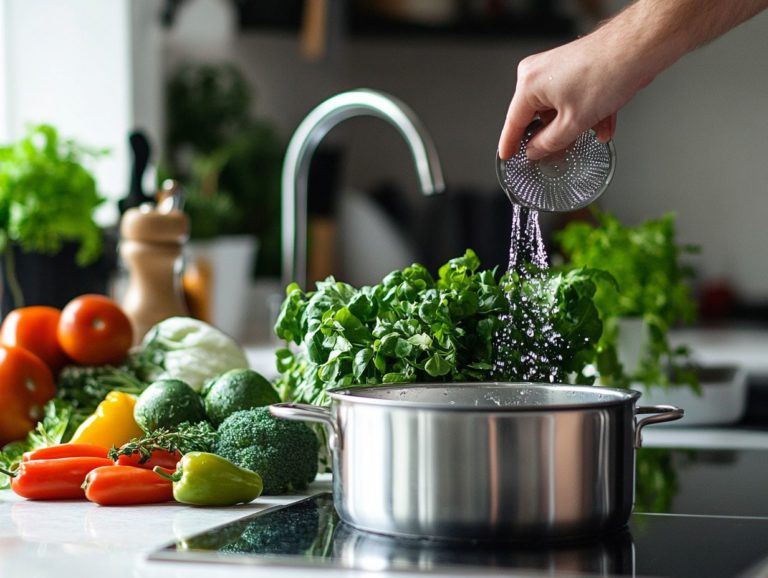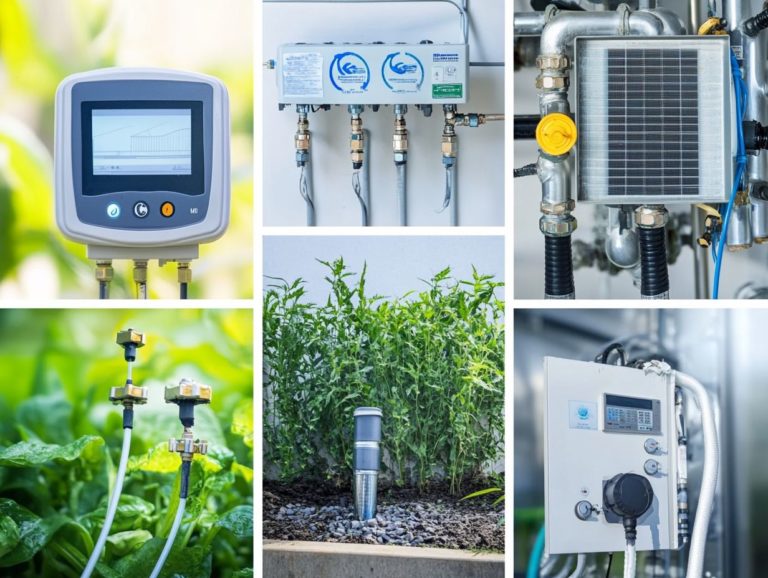How to Install Water-Efficient Appliances in Your Home
Water is an invaluable resource, and conserving it is more important than ever.
This article delves into the significance of water efficiency. It guides you from understanding your water usage to implementing effective conservation strategies. You’ll discover how choosing water-efficient appliances can create a meaningful impact, along with practical guides for installing fixtures like toilets, showerheads, and faucets.
You will also find helpful tips for reducing water consumption in your home. Embrace this journey to enhance your household’s sustainability while saving on your water bills!
Contents
- Key Takeaways:
- The Importance of Water Efficiency
- Choosing Water-Efficient Appliances
- Installing Water-Efficient Toilets
- Benefits and Installation Process
- Installing Water-Efficient Showerheads
- Installing Water-Efficient Faucets
- Other Ways to Conserve Water in Your Home
- Frequently Asked Questions
- 1. What are water-efficient appliances?
- 2. Why should I install water-efficient appliances in my home?
- 3. What are some examples of water-efficient appliances?
- 4. How do I choose the right water-efficient appliances for my home?
- 5. Can I install water-efficient appliances myself?
- 6. What are some additional tips for conserving water in my home?
Key Takeaways:
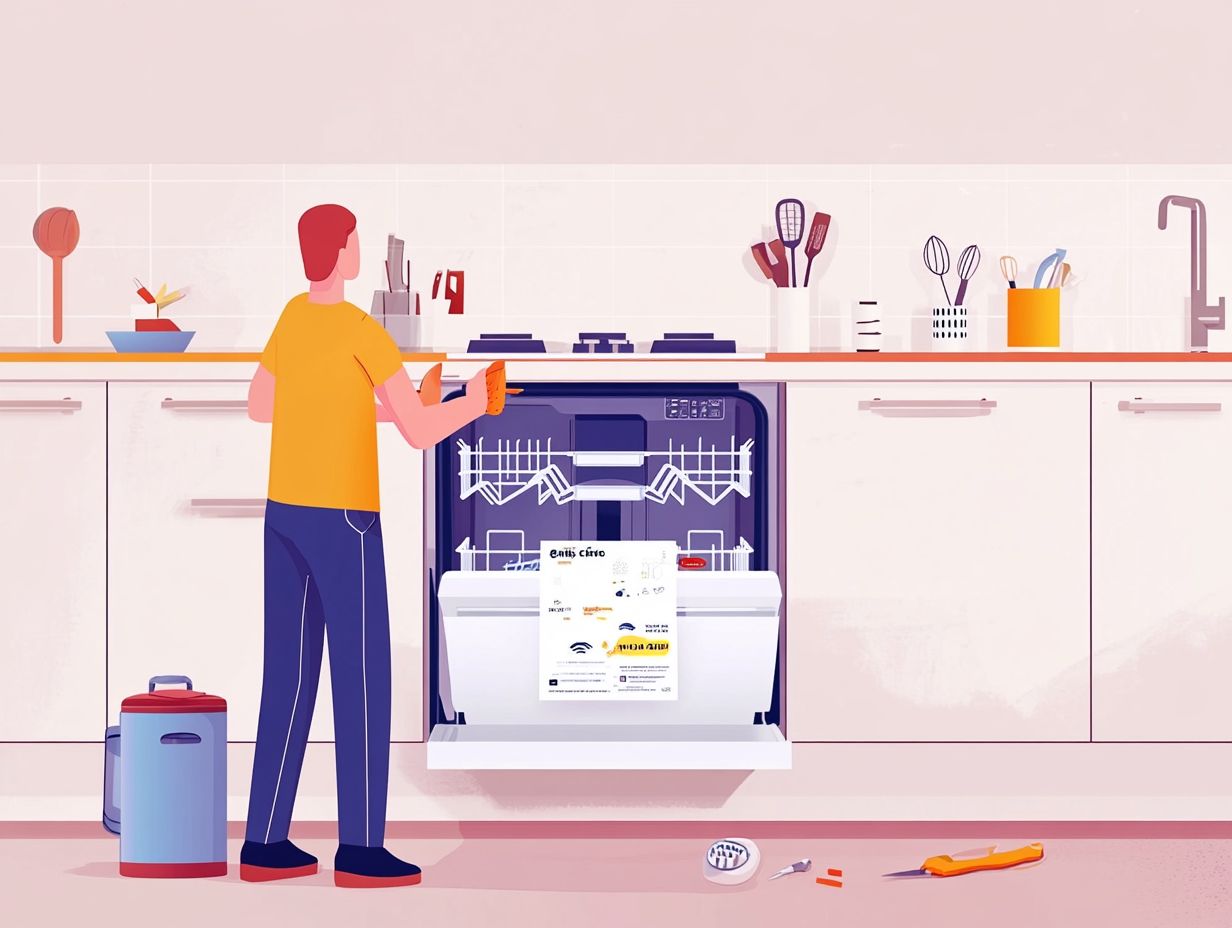
Installing water-efficient appliances can greatly reduce your water usage and save you money on utility bills, just as upgrading to energy-efficient appliances can help lower your energy costs.
When choosing these appliances, consider factors like the amount of water used per minute, overall water usage, and energy efficiency.
Installing water-efficient toilets, showerheads, and faucets can be easy and cost-effective ways to conserve water in your home. For more in-depth guidance, check out how to measure your home’s water efficiency.
The Importance of Water Efficiency
Water efficiency is essential for safeguarding our most precious resource water. By minimizing waste and embracing sustainable consumption practices, you can play a pivotal role in this cause.
With rising concerns about water scarcity and increasing water rates, now is the perfect time for your household to adopt water-efficient technologies. Doing so can significantly reduce your water bills while contributing to broader environmental conservation efforts.
This approach not only helps utilities, such as Indiana American Water, manage resources more effectively but also enhances building efficiency through the implementation of eco-friendly solutions.
Understanding Water Usage and Conservation
Understanding your water usage and implementing effective conservation strategies are crucial for reducing overall consumption and unlocking significant savings in your household over time.
You use water in various ways, from irrigation systems for your gardens and landscaping to plumbing fixtures like toilets, showers, and faucets. By embracing water conservation strategies, you can make a meaningful impact.
For instance, switching to low-flow toilets can cut your water usage by more than 20%, benefiting both the environment and your utility bills. Installing water-efficient faucets and energy-efficient appliances can lead to a remarkable reduction of up to 30% in your monthly water expenses.
Statistics reveal that simple adjustments can save you as much as 10,000 gallons of water per year, underscoring the importance of mindful consumption practices.
Choosing Water-Efficient Appliances
Selecting the right water-saving appliances is essential for reducing water consumption while elevating your home’s comfort and energy efficiency. This choice can make your home more eco-friendly and save you money!
Factors to Consider
When selecting water-efficient appliances, consider several important factors to maximize efficiency and minimize your water rates. Additionally, you might want to explore tips for choosing energy-efficient appliances to further enhance your home’s sustainability.
First and foremost, pay attention to the appliance’s water usage; lower consumption means reduced bills.
Energy efficiency ratings are equally significant. They affect your environmental footprint and contribute to long-term savings on utility costs.
It’s also essential to assess compatibility with your existing plumbing systems to ensure seamless integration and avoid costly modifications later on.
Beyond immediate savings, take the time to calculate the potential return on investment to gauge the overall affordability of your choices.
Consulting with plumbing contractors can provide you with expert insights, ensuring proper installation that enhances the longevity of your appliance while optimizing its performance.
Installing Water-Efficient Toilets
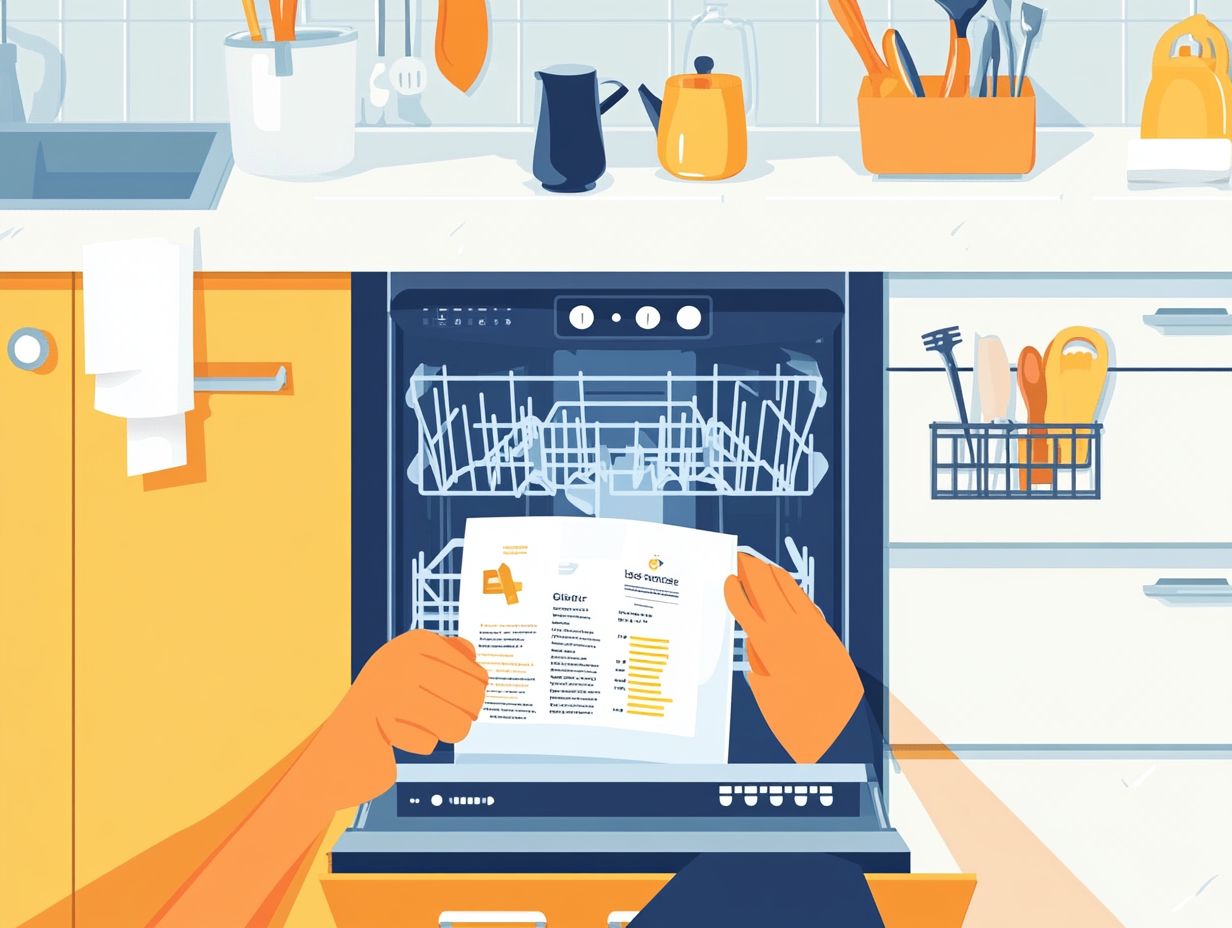
Installing water-efficient toilets such as high-efficiency, low-flow, and dual-flush models plays a crucial role in your water conservation efforts.
By making this simple upgrade, you can significantly reduce overall water consumption in your household, benefiting both the environment and your utility bill.
Benefits and Installation Process
The advantages of installing water-efficient toilets go far beyond simple water conservation. They encompass enhanced hygiene and lower maintenance costs over time.
These innovative fixtures play a vital role in boosting the overall efficiency of your plumbing system. They significantly diminish the chances of water leaks that could lead to expensive repairs.
When you’re contemplating installation, it’s crucial to select a model that aligns with your existing plumbing. Most water-efficient toilets integrate seamlessly and typically require just a few standard tools for installation.
For top-notch performance, regular maintenance practices like cleaning the part that helps control the water flow when you flush the toilet and ensuring the tank is properly adjusted can help sustain water efficiency. This proactive strategy promotes a more sustainable household and extends the lifespan of your plumbing infrastructure.
Installing Water-Efficient Showerheads
Installing water-efficient showerheads offers significant water savings without compromising the quality or comfort of your daily shower routine. This upgrade is a smart choice that every homeowner should consider!
Installing these showerheads is a savvy move that not only cuts down on water consumption but also leads to substantial savings and enhanced energy efficiency in your home.
You could save up to 2,300 gallons of water each year, which translates to about $70 off your water bills, depending on your local rates. Plus, you might notice a dip in your energy costs related to heating water, potentially reducing those bills by another $30 to $50 annually.
The best part? Installation is a breeze often requiring just a wrench and a bit of plumber’s tape for a snug fit.
To maximize efficiency and savings over the long haul, make it a habit to regularly clean the showerhead to avoid mineral buildup and check the seals for leaks. A quick clean every now and then goes a long way in keeping your fixtures performing their best!
Installing Water-Efficient Faucets
Installing water-efficient faucets presents a sophisticated solution for conserving water while simultaneously elevating the aesthetics and functionality of your kitchen or bathroom. Embracing this thoughtful choice not only contributes to environmental sustainability but also enhances your space with modern elegance.
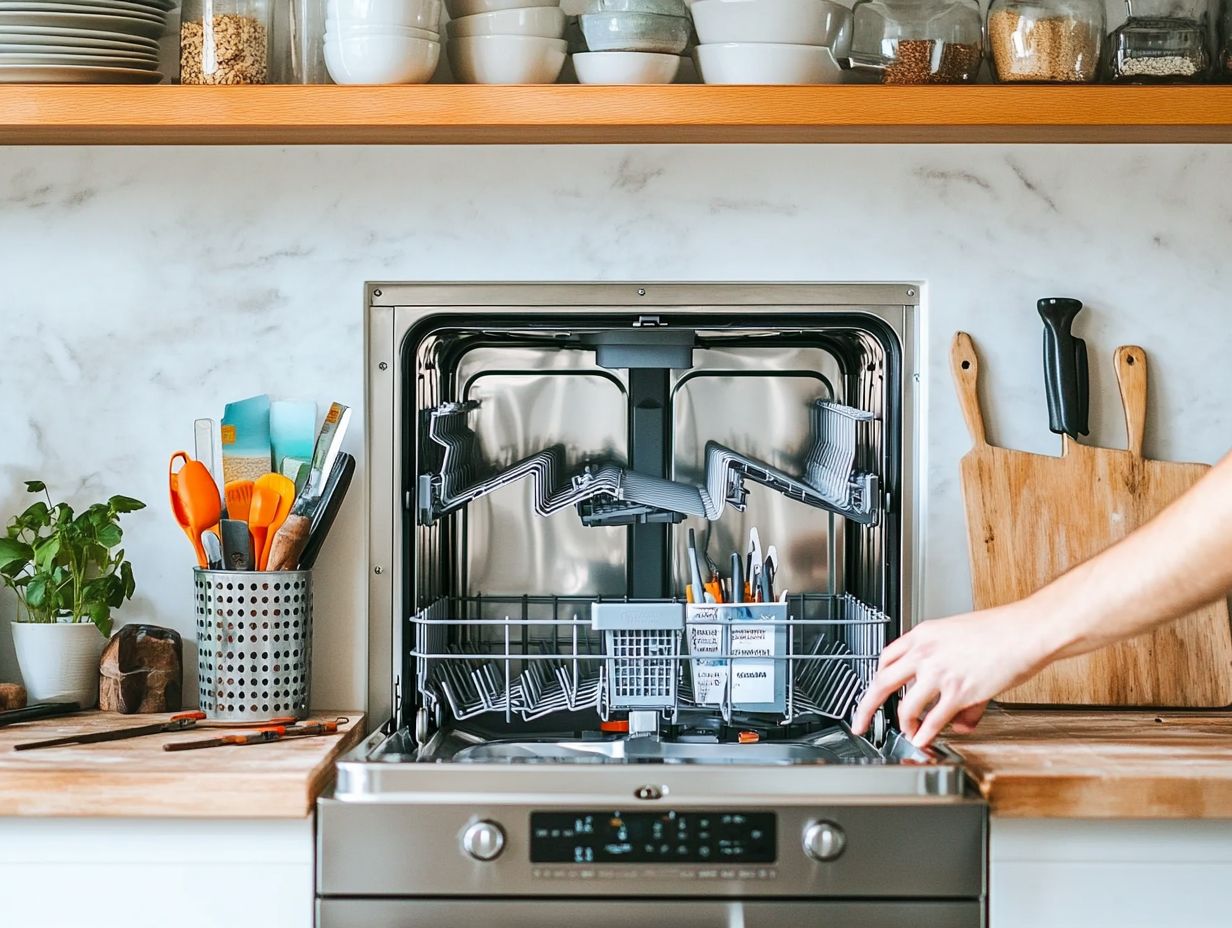
The benefits of installing water-efficient faucets are compelling. You can enjoy lower water usage, enhance your home’s aesthetics, and watch your utility bills shrink.
By choosing these fixtures, you ll experience significant water savings that contribute to environmental conservation and lead to noticeable reductions in your monthly expenses. These innovative faucets easily integrate into your existing plumbing system, making the upgrade straightforward and accessible for you as a homeowner.
Installation is simple and typically involves just a few easy steps:
- Turn off the water supply.
- Disconnect the old faucet.
- Secure the new one in place, often using just basic tools.
Maintenance is minimal as well; regular cleaning and occasional inspection of the seals will ensure long-lasting performance and efficiency in your water usage.
Other Ways to Conserve Water in Your Home
By incorporating additional water conservation strategies, you can greatly enhance the effectiveness of water-efficient appliances. Consider fixing leaks and using mulch in your garden to save even more water!
This not only results in substantial savings on your water bills but also contributes to a more sustainable future.
Don t wait! Upgrade now to start saving money and help the environment!
Tips and Tricks for Reducing Water Usage
To reduce water usage at home, try these simple strategies. They can lead to big improvements in saving water.
Start by meticulously inspecting your plumbing systems for any leaks. Even tiny drips can waste a lot of water over time.
Investing in water-efficient appliances is a smart move! Replacing toilets, showers, and washing machines with efficient models can dramatically lower your consumption without compromising performance. For more insights, check out how to upgrade to energy-efficient appliances.
For your outdoor spaces, optimize your irrigation systems by scheduling watering during cooler parts of the day. Use drip irrigation to minimize water runoff and evaporation.
Regular maintenance keeps your fixtures working well. This helps you save even more water.
Frequently Asked Questions
1. What are water-efficient appliances?
Water-efficient appliances use less water to perform their tasks compared to traditional appliances. They are designed to conserve water and reduce waste.
2. Why should I install water-efficient appliances in my home?
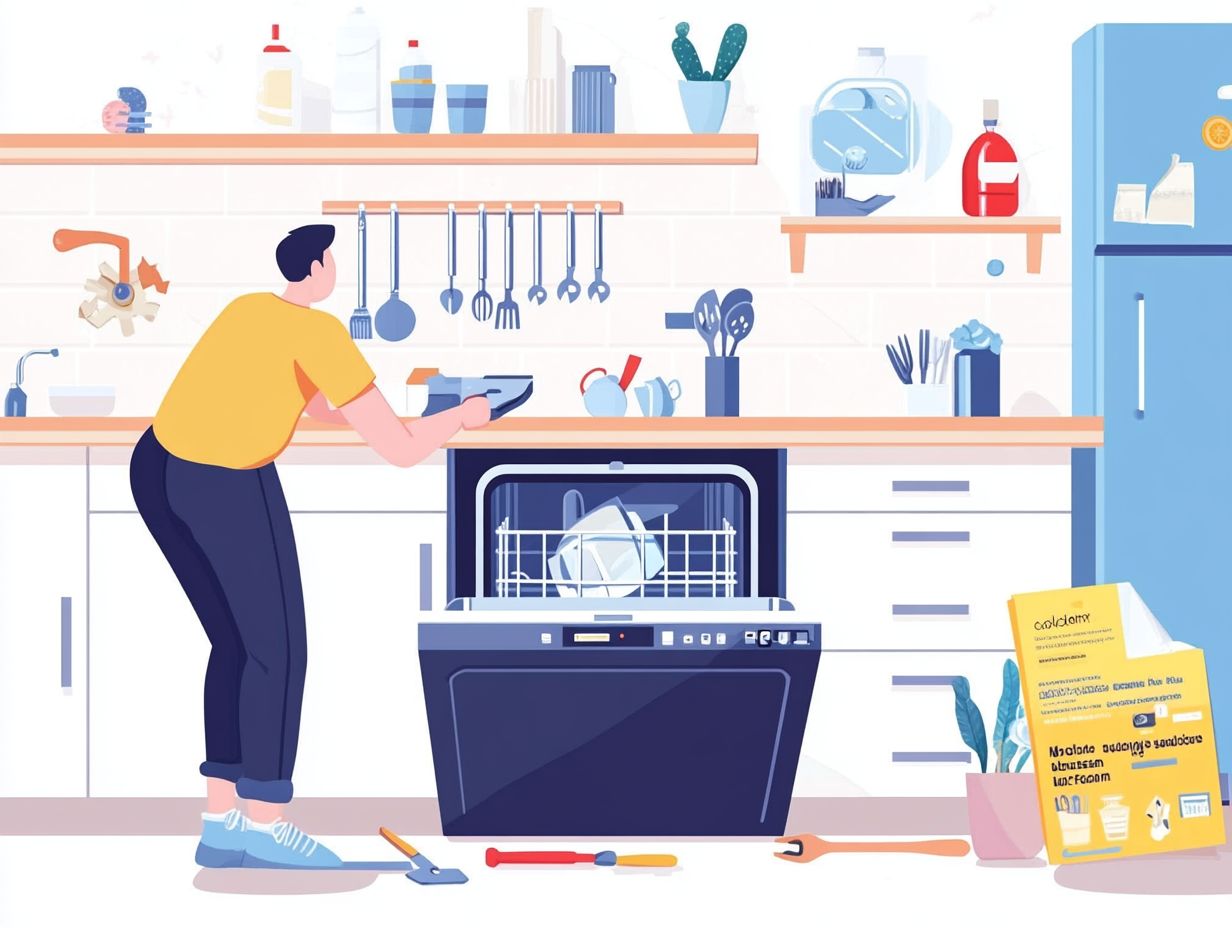
Installing water-efficient appliances can help you save money on your water bill and reduce overall consumption. For more comprehensive strategies, consider how to transition your home to a water-efficient design, which also helps conserve water, a limited and valuable resource.
3. What are some examples of water-efficient appliances?
Examples include low-flow toilets, water-saving showerheads, and front-loading washing machines. There are also water-efficient dishwashers, faucets, and irrigation systems available.
4. How do I choose the right water-efficient appliances for my home?
Look for the WaterSense label. This label shows that appliances use less water and have been certified by the Environmental Protection Agency (EPA).
5. Can I install water-efficient appliances myself?
It’s best to hire a professional plumber to install these appliances. This ensures proper installation and functioning, maximizing their water-saving capabilities.
6. What are some additional tips for conserving water in my home?
Along with installing water-efficient appliances, conserve water by fixing leaks, using a rain barrel for outdoor watering, and taking shorter showers. The benefits of water-saving technologies in homes also include running full loads in your dishwasher and washing machine.
Start your water-saving journey today!

